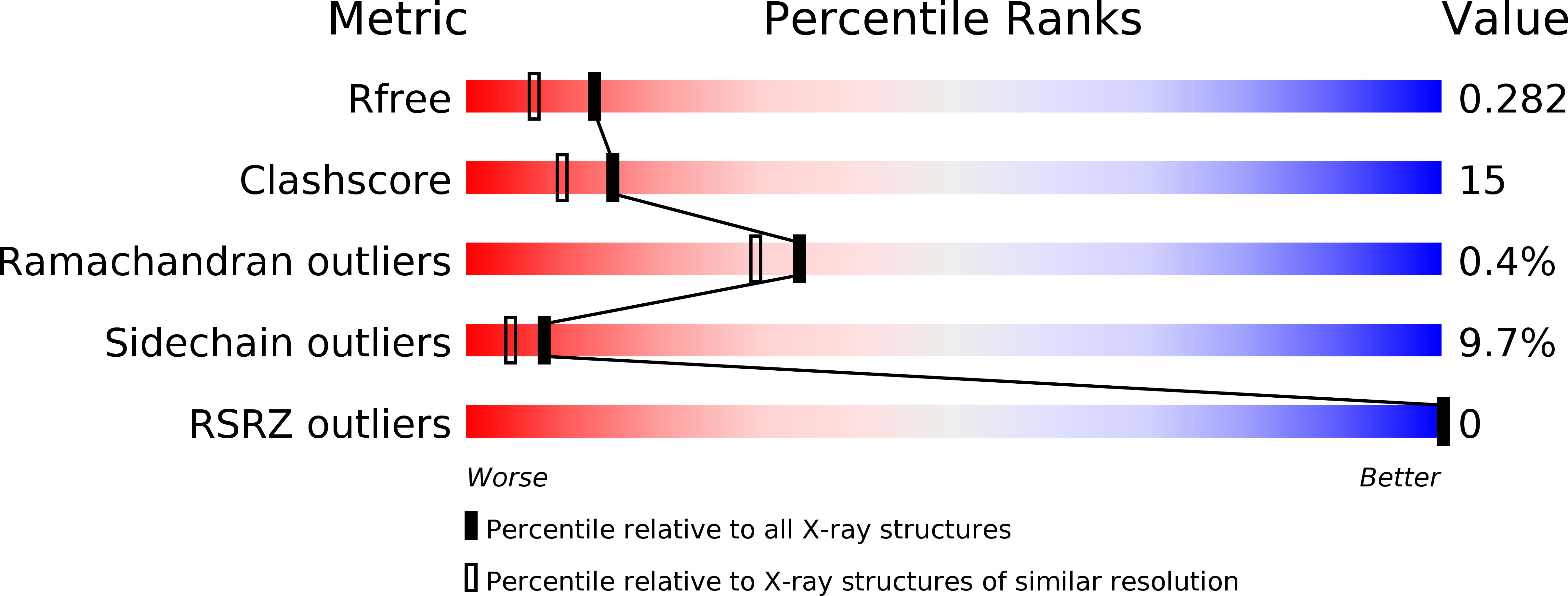
Deposition Date
2007-10-22
Release Date
2008-02-05
Last Version Date
2024-10-23
Entry Detail
PDB ID:
2ZBI
Keywords:
Title:
Crystal structure of a bacterial cell-surface flagellin
Biological Source:
Source Organism:
Sphingomonas sp. A1 (Taxon ID: 90322)
Host Organism:
Method Details:
Experimental Method:
Resolution:
2.00 Å
R-Value Free:
0.28
R-Value Work:
0.19
R-Value Observed:
0.20
Space Group:
P 1


